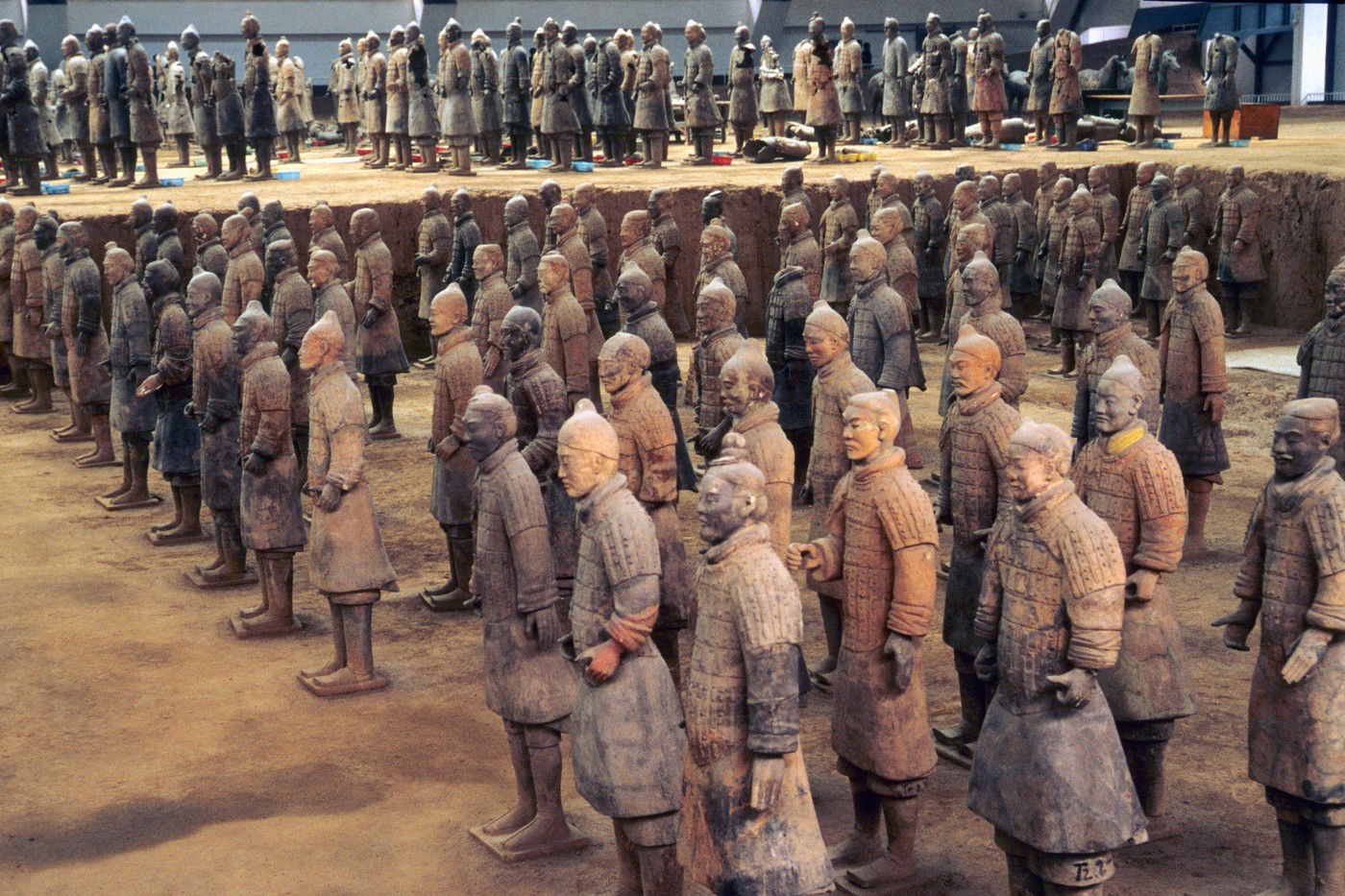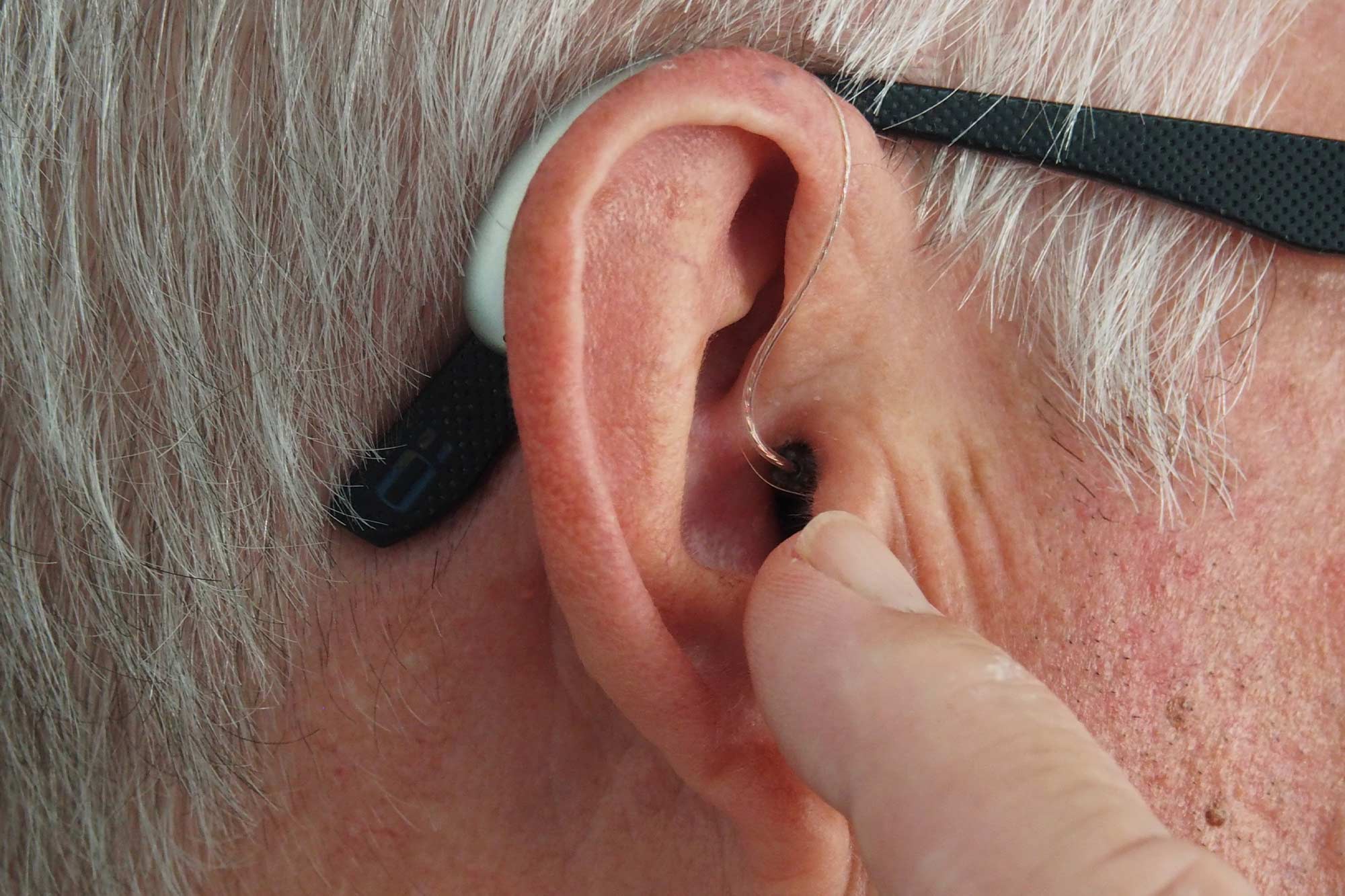Smells or smells that people like or dislike are usually characteristic of individuals with distinctly different cultural backgrounds, which scientists say may point to an evolutionary basis among our seemingly universal preferences for smell. In a new study, individuals from ten different cultural groups were asked to smell ten unique scents and then arrange them in a “gentle arrangement.” The results came as a surprise.
Experts wanted to know if people all over the world had the same sense of smell and liked the same smells, or whether it had something to do with culture.
Perception of smells and smells is traditional from a science perspective, but we can show that culture has little to do with it. Said Artin Arshamian, a neuroscientist at the Karolinska Institutet of Sweden ScienceAlert Online science portal.
The researchers traveled extensively to collect data on fieldwork in multiple cultural environments: these represent different livelihoods in Thailand, Mexico, Ecuador, and the United States, covered deserts, tropical rainforests, mountainous climates, and coastal regions, among others.
Participants included several groups of hunters and gatherers, as well as many farming communities and a range of subjects in New York.
Participants were given ten random feather-like odor dispensers at each site visited – more than 280 in total. They were asked to smell them all and then arrange them in order, from the most pleasant to the most unpleasant.
The most pleasant scent overall was vanillin (the main ingredient in vanilla extract), while the next most common scent was ethyl butyrate.(Which has a fruity smell and is often used as a flavor enhancer in fruit-flavored foods.) In third place was linalool, which has a floral scent.
The current biology In a study published in a scientific journal, a less common odor became so-called isovaleric acid, known for its pungent, foul odor, which can be attributed to cheese, soy milk, and sweat.

According to the prevailing view, people’s ratings of odor tolerance reflect their cultural traditions, personal sensibilities, and their blend of global preferences. However, the extent of these effects remained unclear.
Archamian’s team has now found that the influence of cultural traditions plays a secondary role in people’s scent preferences,
Parity ratings for odors are closely and positively correlated in all cultures that were measured. In other words, while people may categorize and make different scents and scents differently, much of the perceived variance is a matter of personal preference rather than a reflection of culture.












































